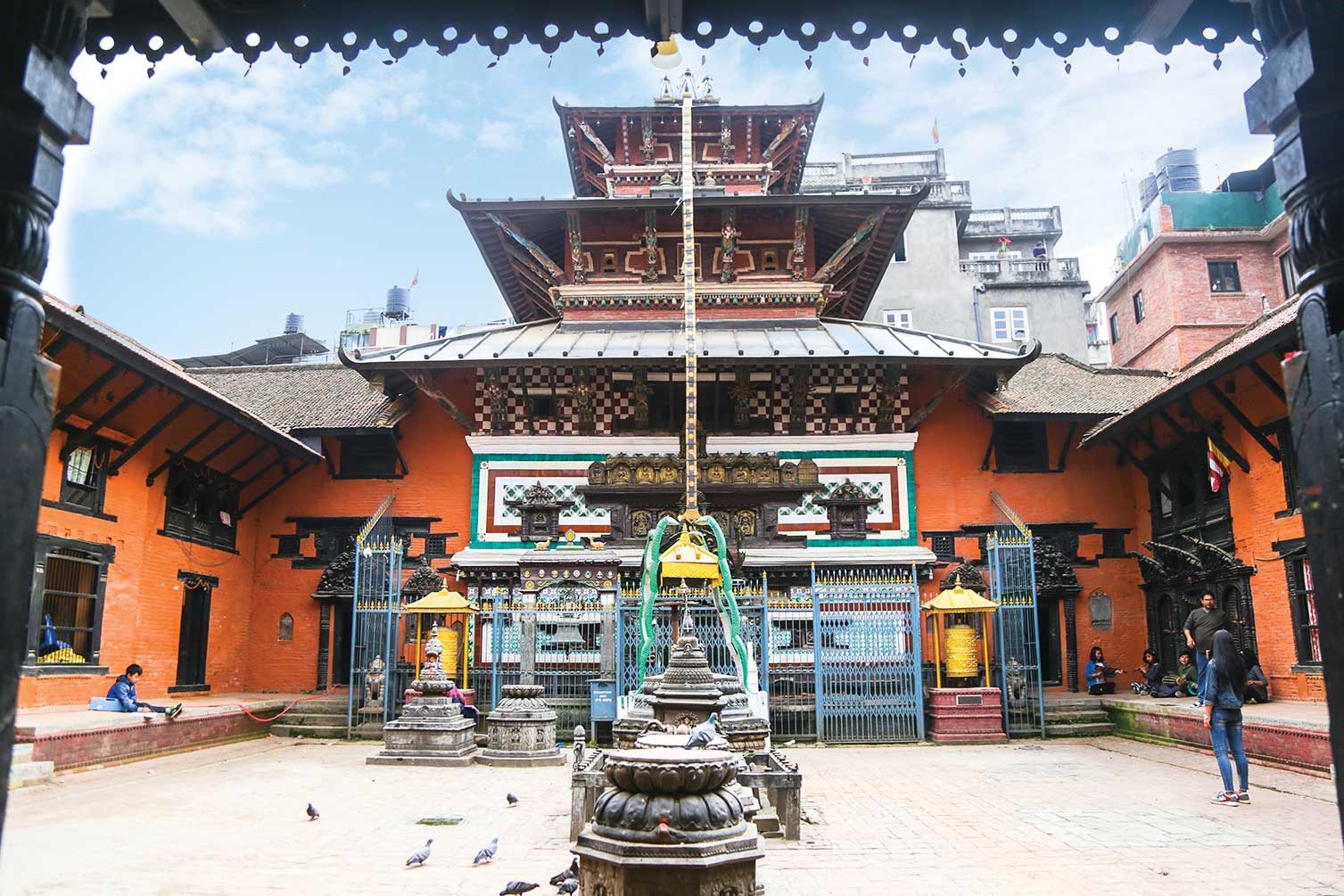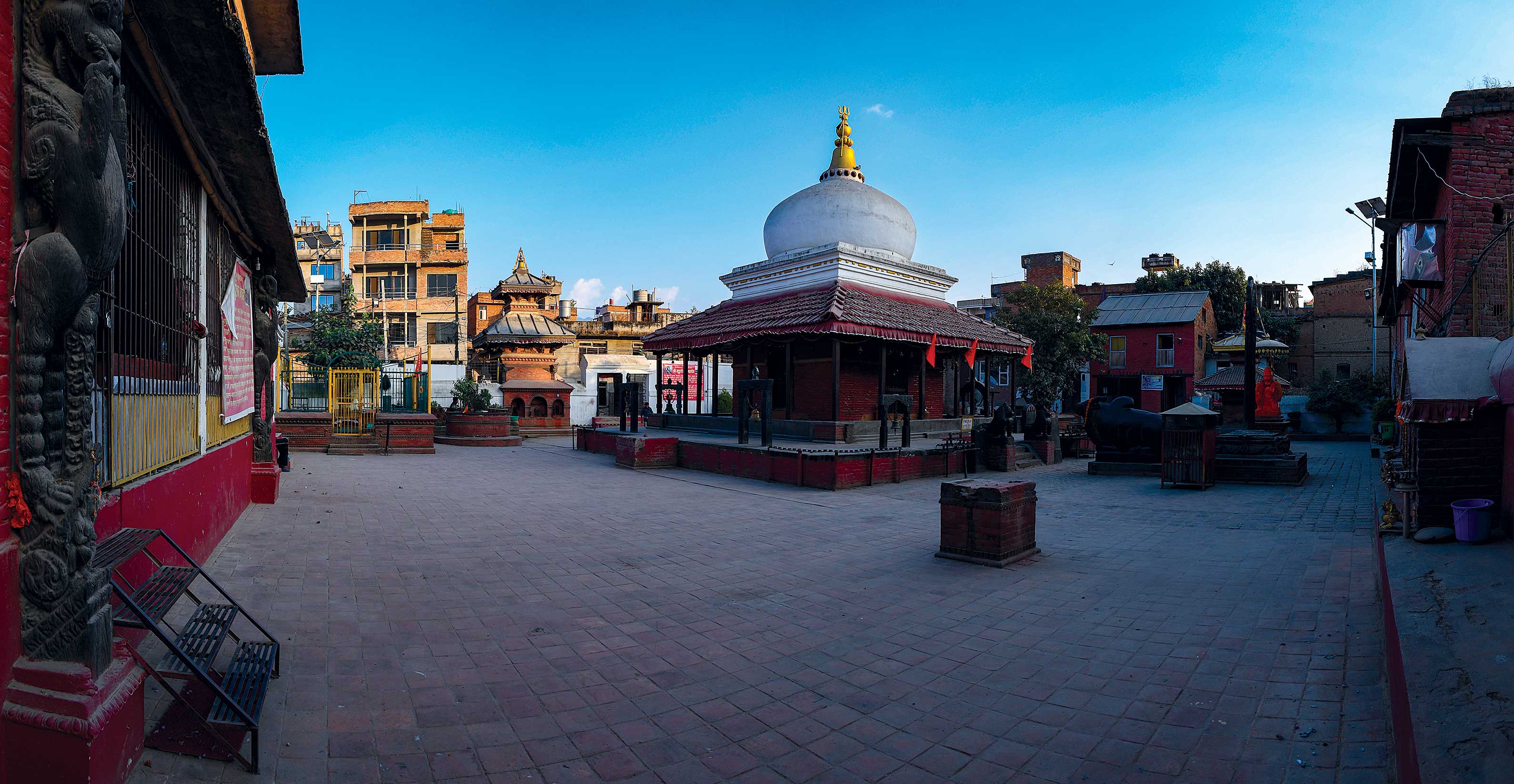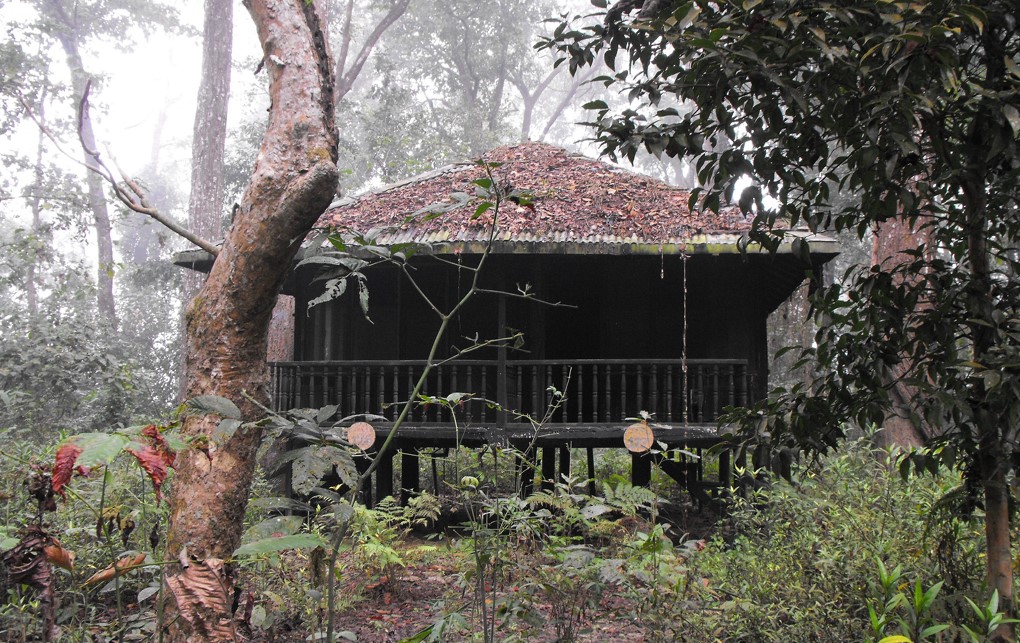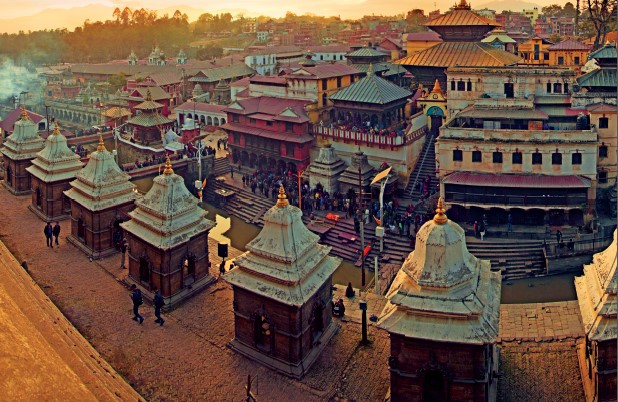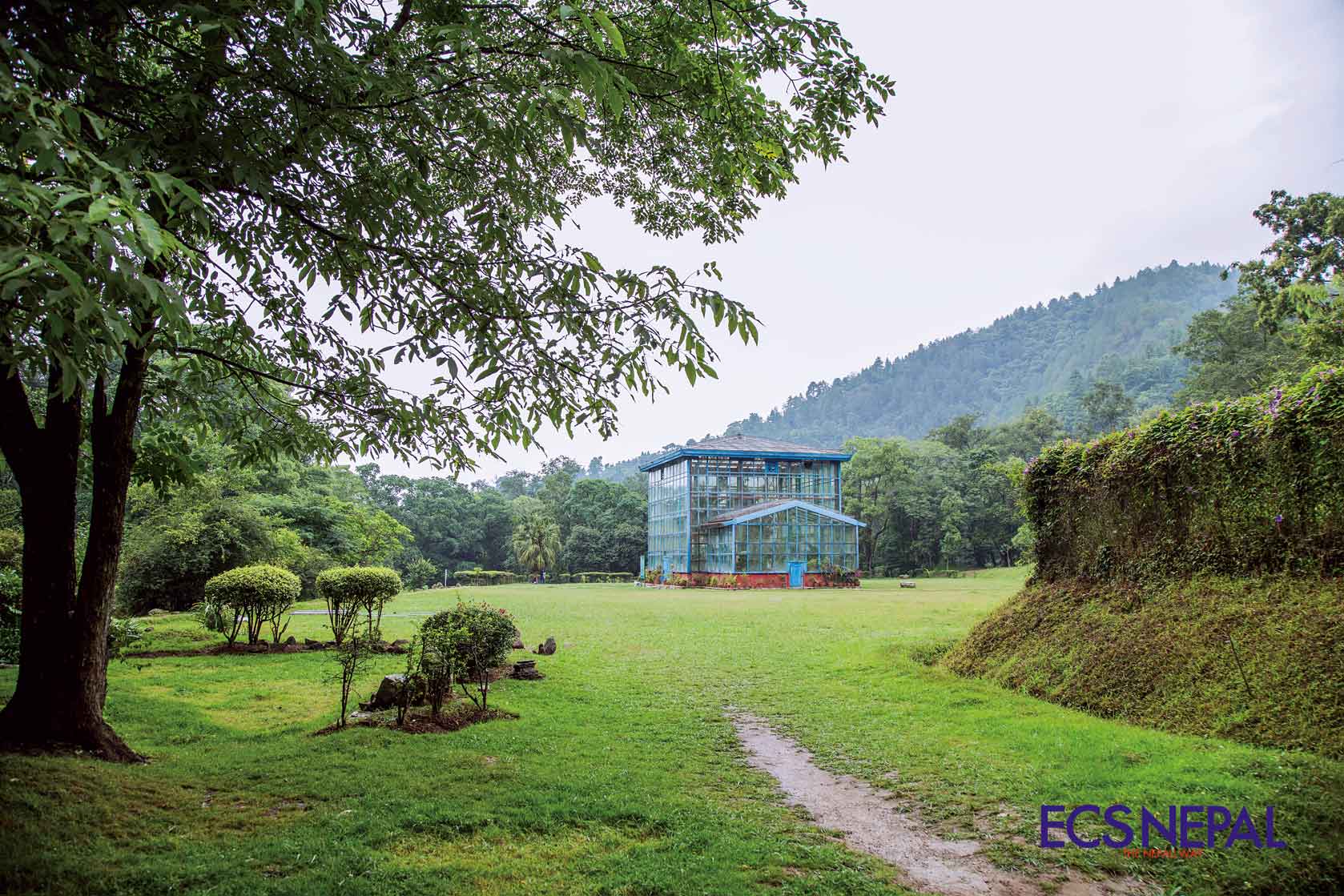Lord Shiva, ‘The Auspicious One’, goes by more than one thousand names, four of which are— Omkara (creator of ‘Om’ the Hindu sacred chant), Trilokpati (supreme ruler of the three realms), Pashupatinath (lord of the animals), and Mahadev (greatest among the gods). He is the supreme deity for the Hindus of Nepal, and accordingly, has numerous temples throughout the land. Pashupatinath Temple, a World Heritage Site Monument Zone, located on the banks of the Bagmati River, is of course the primary shrine. Others in and around the valley include the following:

Doleshwor Mahadev Temple, in Sipadol of Bhaktapur, houses an idol that is believed to be the head of the divine bull, a subterfuge Shiva had taken in order to avoid the Pandavas, who had come to beg his forgiveness for the great number of killings during the Kurukshetra War. Recognizing the bull as Shiva, the Pandavas tried to stop him by pulling his tail, upon which the head had been severed, and lost for the next 4,000 years.
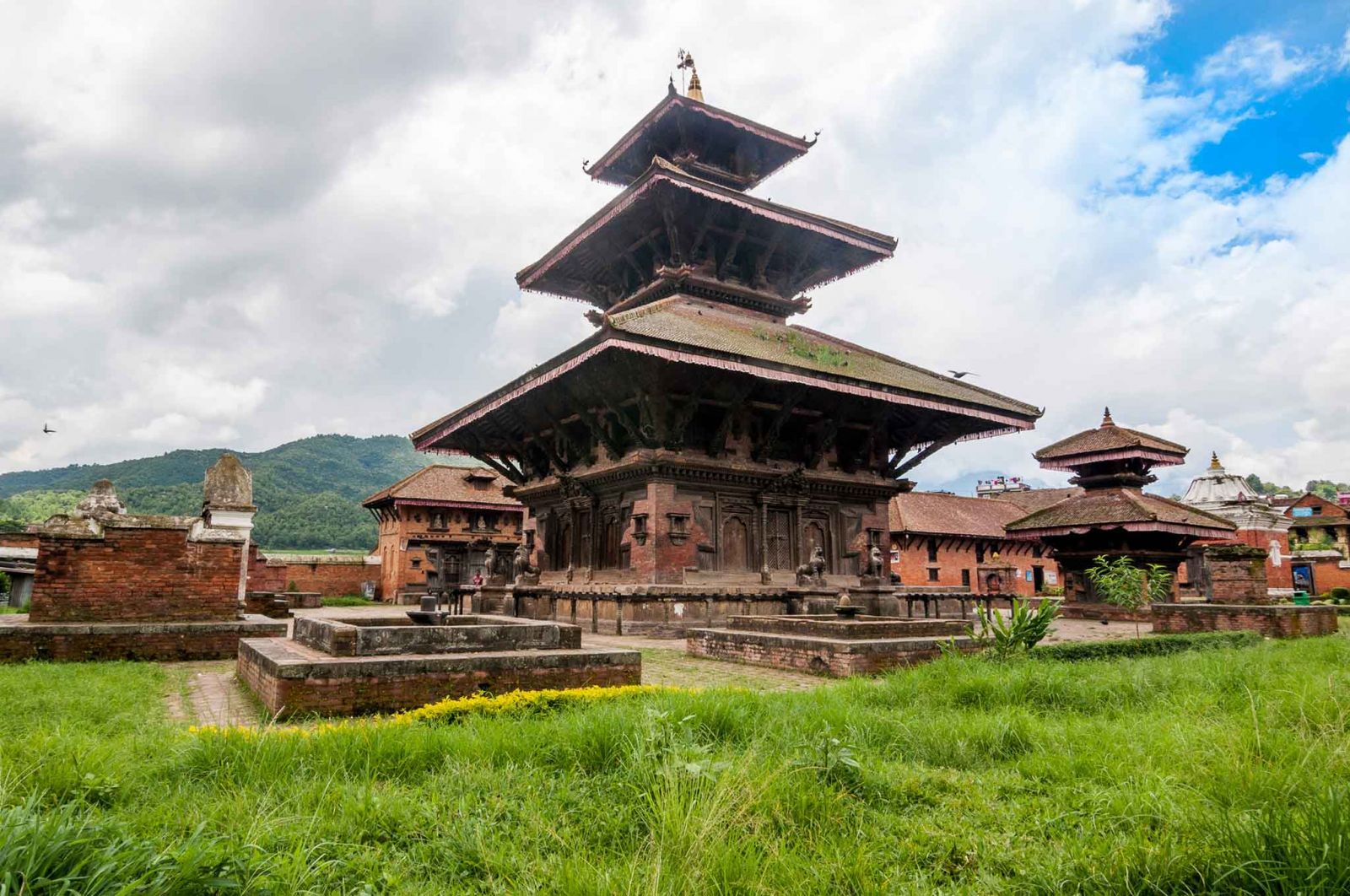
Indreshwor Mahadev Temple, in Panauti, some 32 km from Kathmandu, is one of the tallest of Nepal’s pagoda-style temples. Situated in a spacious brick-paved courtyard that also has some other temples, it has a splendid three-story roof, and fine woodcraft on its doors, windows, and struts. Lord Shiva himself is believed to have created the lingum (phallic symbol of the Lord) inside the temple.
.jpg)
Uma Maheshwor Temple, in Kirtipur, is another famous shrine of Shiva. It is also called Bhawani Shanker Temple, because it is dedicated to both Shiva and his wife Parvati. The three-roofed 17th century temple has two mammoth stone elephants with spiked backs standing guard on two sides of the stairway leading up to the shrine.

Gokarna Mahadev Temple is in Gokarneswor, some 10 km from Kathmandu. This 16th century temple has an impressive golden torana with Uma-Maheswor as the central figure above the main doorway. In late August, or early September, on the occasion of Gokarna Aunsi, many devotees visit the temple to honor their fathers.
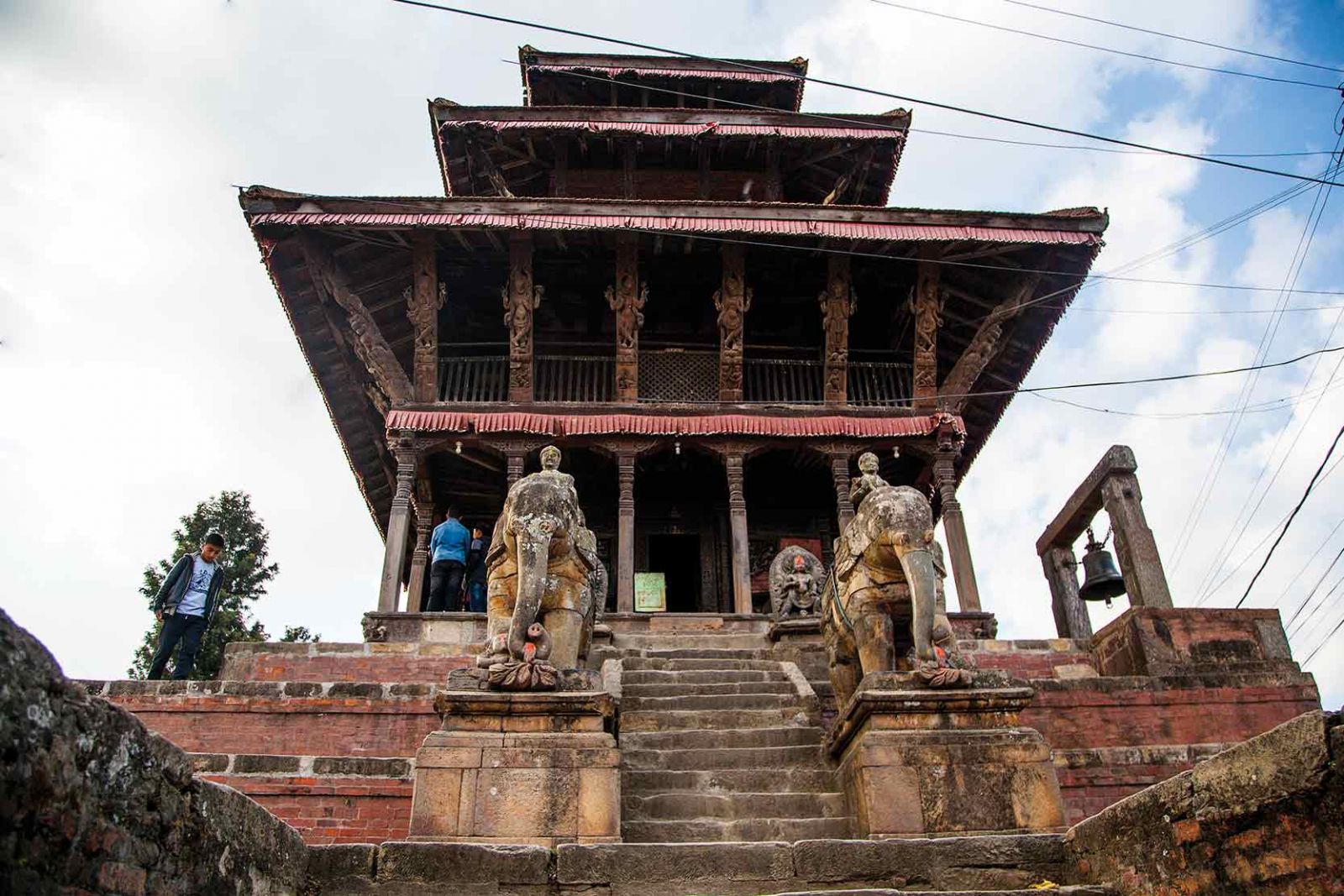
Bhaleshwor Mahadev Temple, on Chandragiri Hill, a few kilometers from Thankot, has an intriguing mythology behind its founding. Sati, Shiva’s favorite consort, commits suicide by jumping into the fire of the yagna conducted by her father, because she couldn't bear the insults hurled at Shiva by her father in public. A wrathful Shiva carries the charred corpse on his back and embarks on a journey of death and destruction. Parts of her body falls at certain places on the way, and they become revered as ‘shakti-piths’ (power centers). Her forehead fell on Chandragiri Hill, and Bhaleswor Mahadev Temple was built on the very spot.



